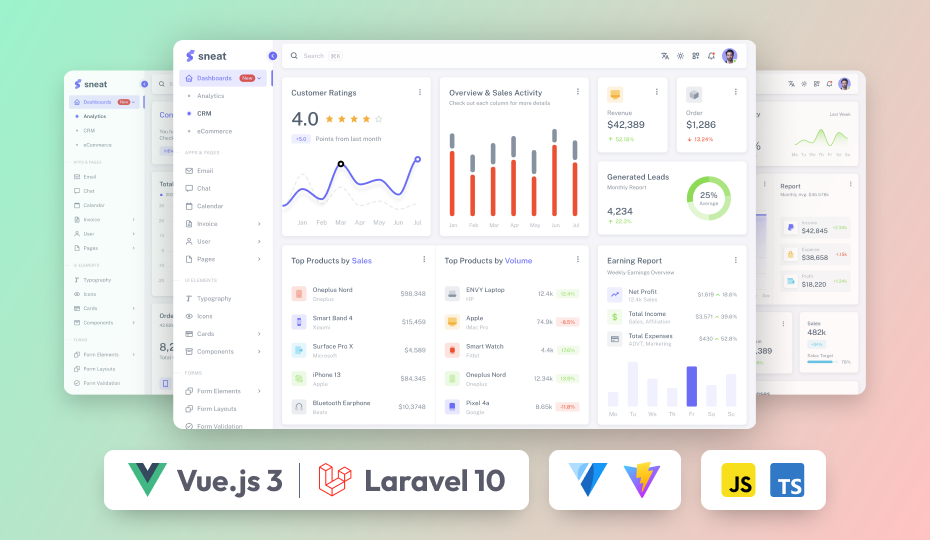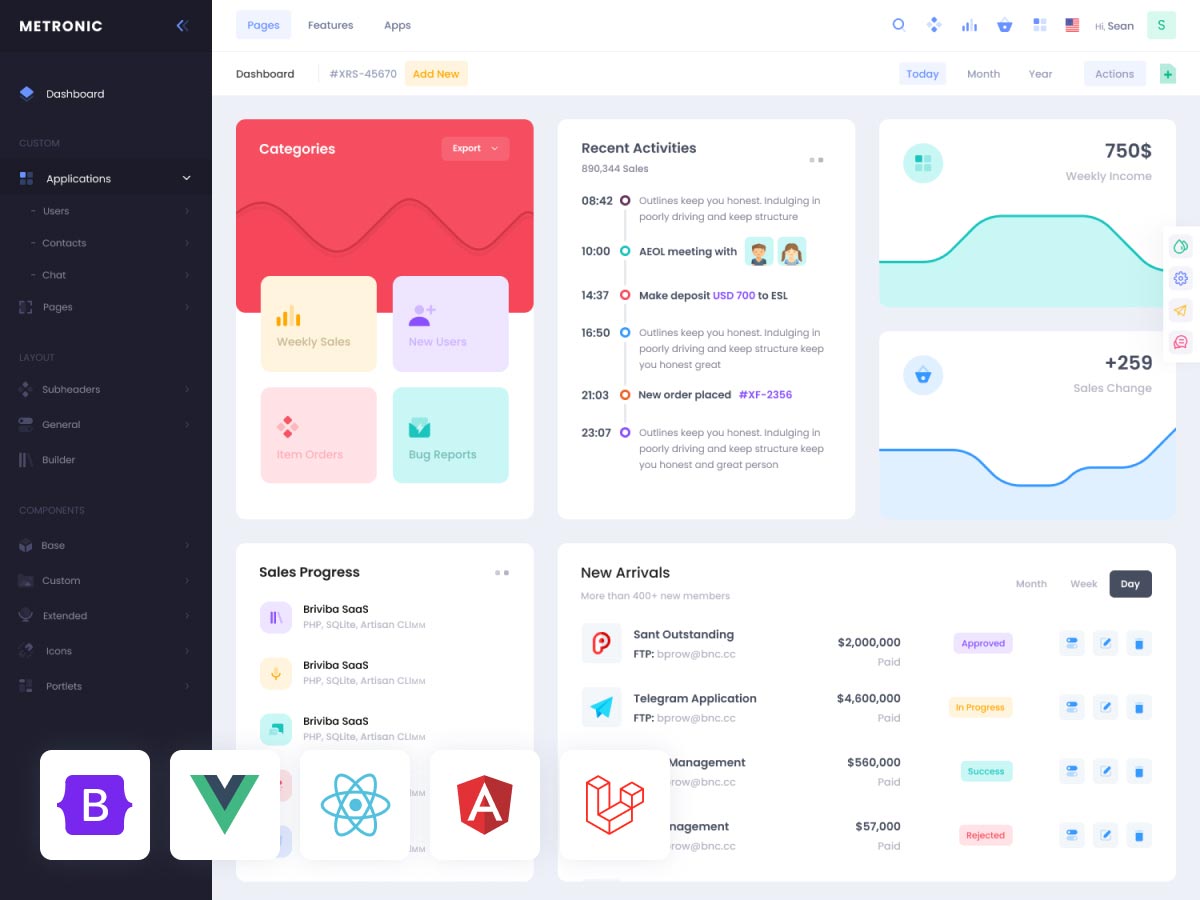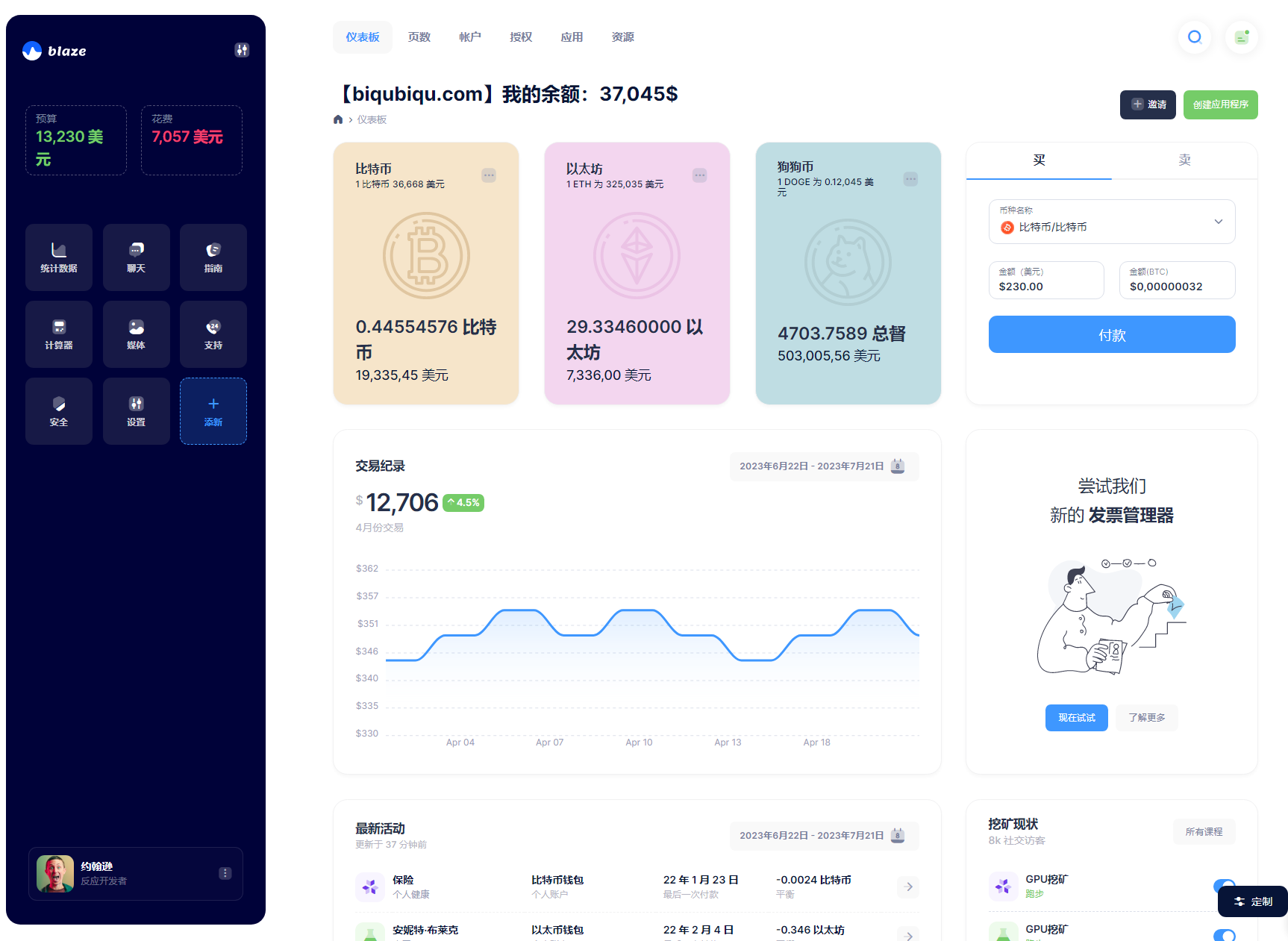小米手机卡实名账号:The Impact of Wearables on Mobile Data Usage
The Impact of Wearables on Mobile Data Usage
Wearables, such as smartwatches and fitness trackers, have become increasingly popular in recent years, and their impact on mobile data usage is significant. These devices rely on a constant connection to the internet to function, and this can lead to a significant increase in data usage.
How Wearables Affect Mobile Data Usage

There are a number of ways that wearables can affect mobile data usage. Some of the most common include:
Tracking activities: Many wearables track activities such as steps taken, distance traveled, and calories burned. This data is typically collected and stored on the wearable device itself, but it can also be synced to a smartphone or other device via a wireless connection. This can result in a significant amount of data usage, especially if the wearable is used frequently.
Sending notifications: Wearables can also be used to send notifications from smartphones and other devices. This can include notifications for calls, messages, emails, and social media updates. Each notification that is sent or received uses a small amount of data, but this can add up over time.

Downloading apps: Some wearables allow users to download and install apps. These apps can vary in size, but they can all contribute to an increase in mobile data usage.
Streaming music and videos: Some wearables allow users to stream music and videos. This can be a significant source of data usage, especially if the wearable is used frequently.

Making payments: Some wearables allow users to make payments using their devices. This can be a convenient way to pay for items, but it can also lead to an increase in mobile data usage.
The Overall Impact of Wearables on Mobile Data Usage
The overall impact of wearables on mobile data usage can vary depending on the individual user and how they use their device. However, it is clear that wearables can contribute to a significant increase in mobile data usage. This is especially true for users who use their wearables frequently and for activities that require a lot of data, such as streaming music or videos.
How to Reduce the Impact of Wearables on Mobile Data Usage
There are a number of things that users can do to reduce the impact of wearables on their mobile data usage. Some of the most effective include:
Turn off unnecessary features: Many wearables have features that are not essential for everyday use. These features can be turned off to help reduce data usage.
Limit the number of notifications that are sent to the wearable: Users can limit the number of notifications that are sent to the wearable by adjusting the settings on their smartphone or other device.
Download apps only when necessary: Users should only download apps to their wearable that they plan to use regularly.
Use Wi-Fi whenever possible: When a wearable is connected to Wi-Fi, it will not use mobile data. This can help to reduce data usage significantly.
Monitor data usage: Users should monitor their mobile data usage to see how much data their wearable is using. This can help them to identify areas where they can reduce their data usage.
Conclusion
Wearables can have a significant impact on mobile data usage. The number of features that are used on the wearable, the frequency of use, and the activities that are performed with the wearable can all contribute to an increase in data usage. Users can take steps to reduce the impact of wearables on their mobile data usage, but it is important to be aware of the potential impact before purchasing a wearable device.
